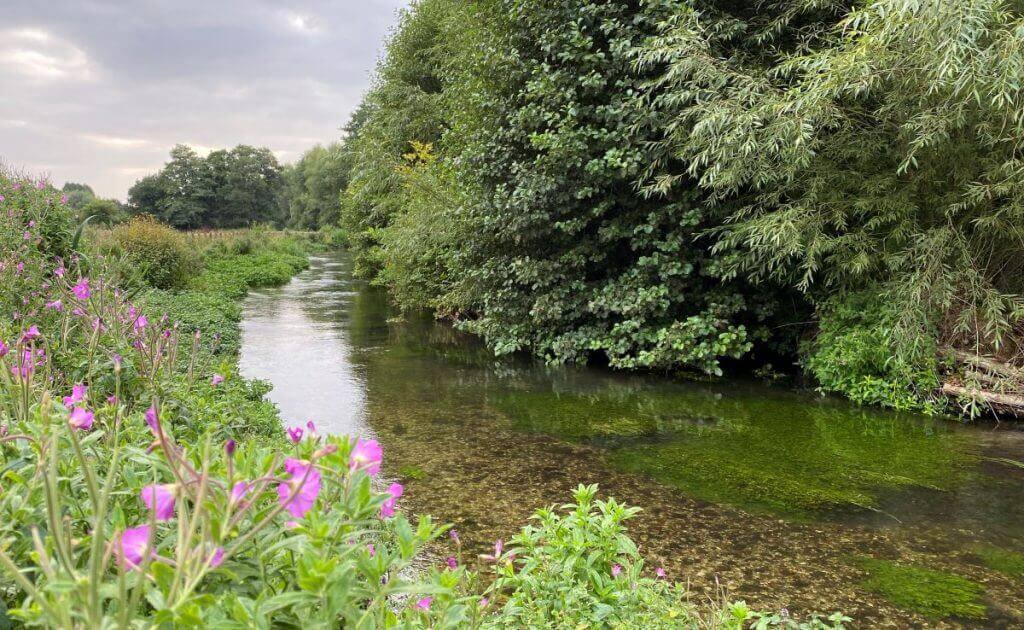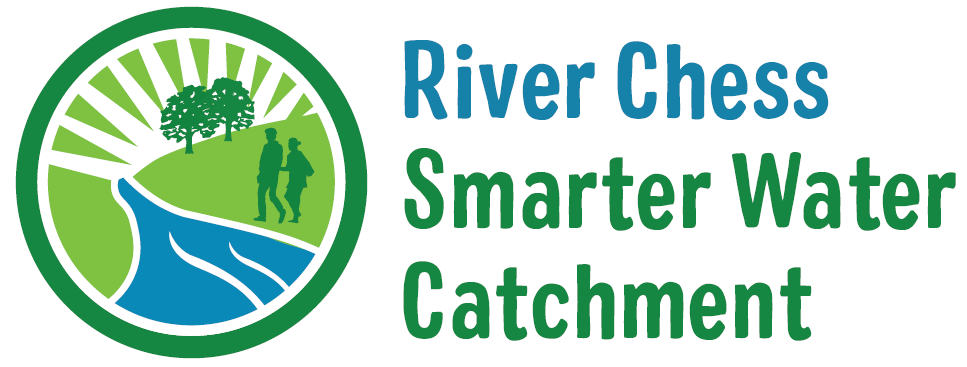
MudSpotter
We have trialled a pilot citizen science method in Chesham, looking for sources of sediment into the River Chess.
Sediment builds up in rivers, also known as siltation, and is a particular problem in chalk streams.
Many freshwater invertebrates inhabit the oxygenated layers within riverbed gravels, which is also where fish like to spawn and deposit their eggs in safety from predation.
When fine sediment settles between the gravels, this prevents oxygen from flowing through and removes this habitat for certain freshwater invertebrates, decreasing biodiversity and a food source for other animals. Siltation also prevents fish from finding suitable spawning grounds, further decreasing the number and variety of animals that can inhabit the river.

Why MudSpotter?
MudSpotter surveys are carried out in wet weather and involve walking along the course of the river, using a mobile phone (or paper sheets) to instantly record data and images online.
We do this during wet weather, as sediment most often enters rivers during rainfall events, when it is washed in from roads as runoff, from farmland, due to bank erosion, etc.
By identifying sources of sediment into the river within urban environments, we are working with local councils to provide them with details that can assist in their decision-making to fix problem areas.

MudSpotter has been designed by researchers at Queen Mary University of London, using Cartographer as a GIS-based mapping system for data and image uploads.

What have we found so far?
So far, we have identified a number of problem areas in Chesham during wet weather MudSpotter surveys that have been a great cause of concern.
Many sediment sources originate around the Old Town, some between Germain St. and Meades Water Garden, and others down towards Chesham Gym & Swim.

One of the most problematic sediment sources within Chesham is the Vale Brook culvert, emerging into the River Chess behind Water Meadow Surgery.
We need more data recorded to increase our understanding of the frequency and intensity of events, in comparison with groundwater levels and rainfall data.
We have been working with a consultancy and local councils to create a plan to tackle this siltation source, including costing up various plans that could help us to prevent fine sediment building up in the River Chess around Chesham.

Keen to help in Chesham or Rickmansworth?
We’re always on the lookout for more volunteers to help us with these surveys, both in Chesham and Rickmansworth… please let us know if you’d like to help with this.
If you’d like to join our Citizen Science Co-ordinator, Hannah, for a 1-2 hour training session in either Chesham or Rickmansworth to help collect data for these important surveys, please email:
chesscs@chilterns.org.uk

Citizen scientists at work
We have trained a good number of people to carry out MudSpotter surveys in Chesham, to which we owe all of you our thanks for piloting and collecting data for this important survey.
We do, however, owe a huge thanks to Ian and Holly who have consistently braved wet and windy conditions to help us collect frequent MudSpotter data in the town centre, as well as further downstream on the River Chess.

